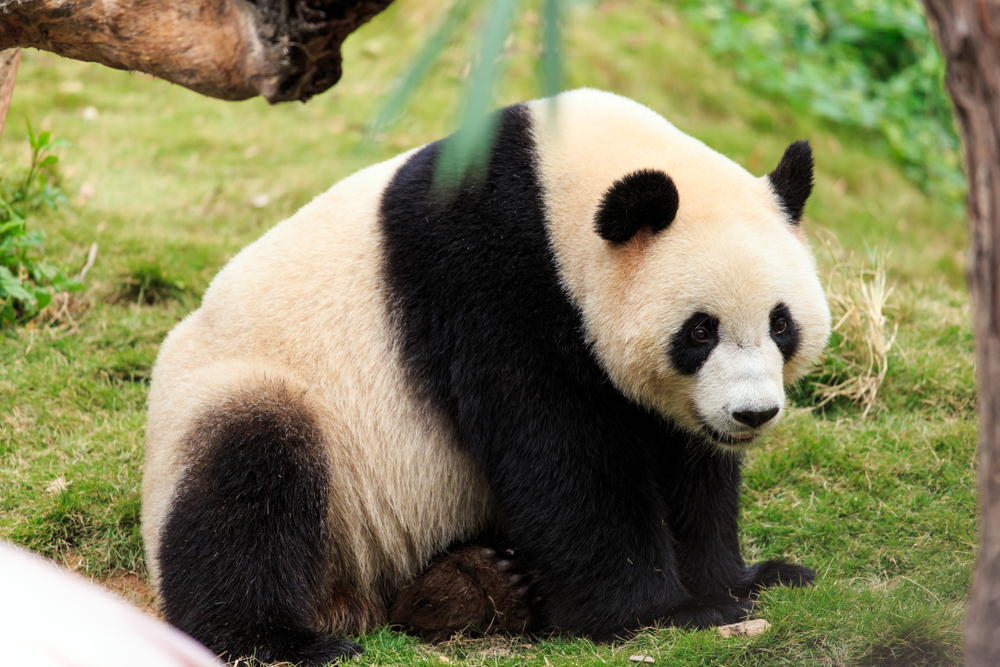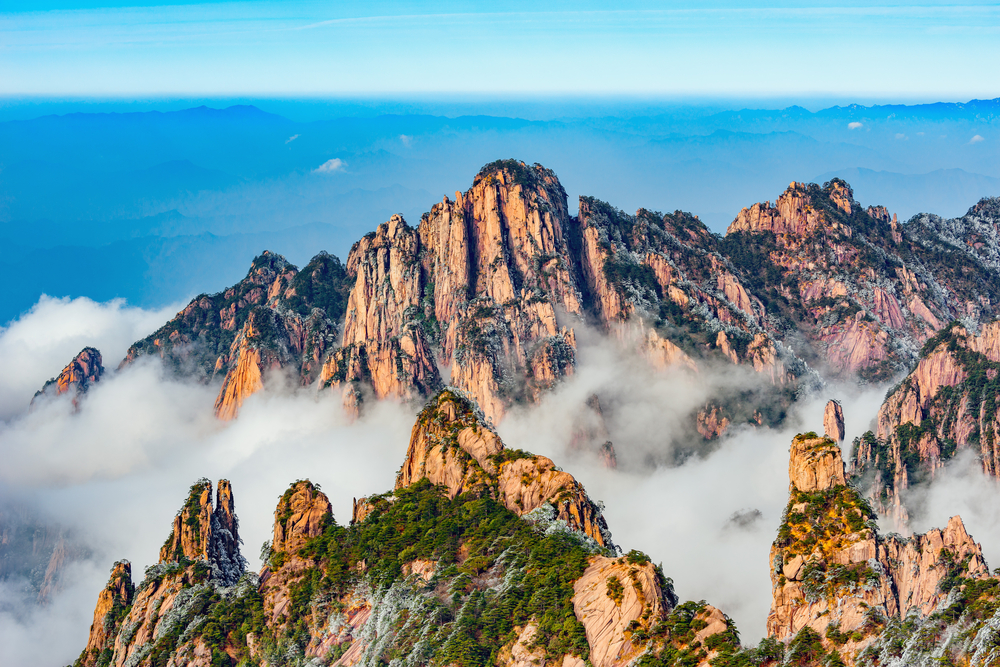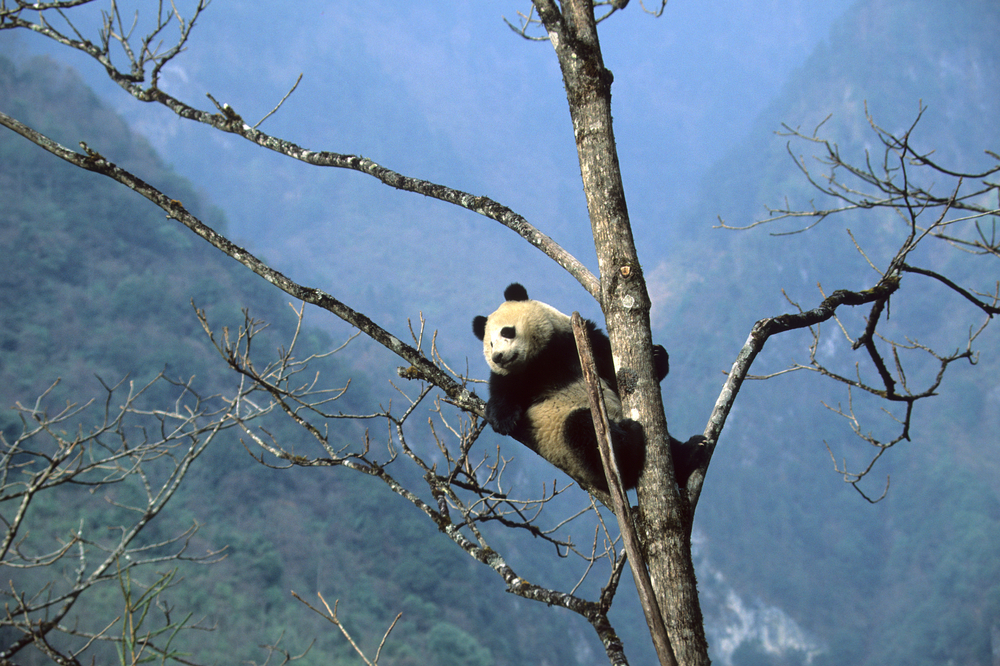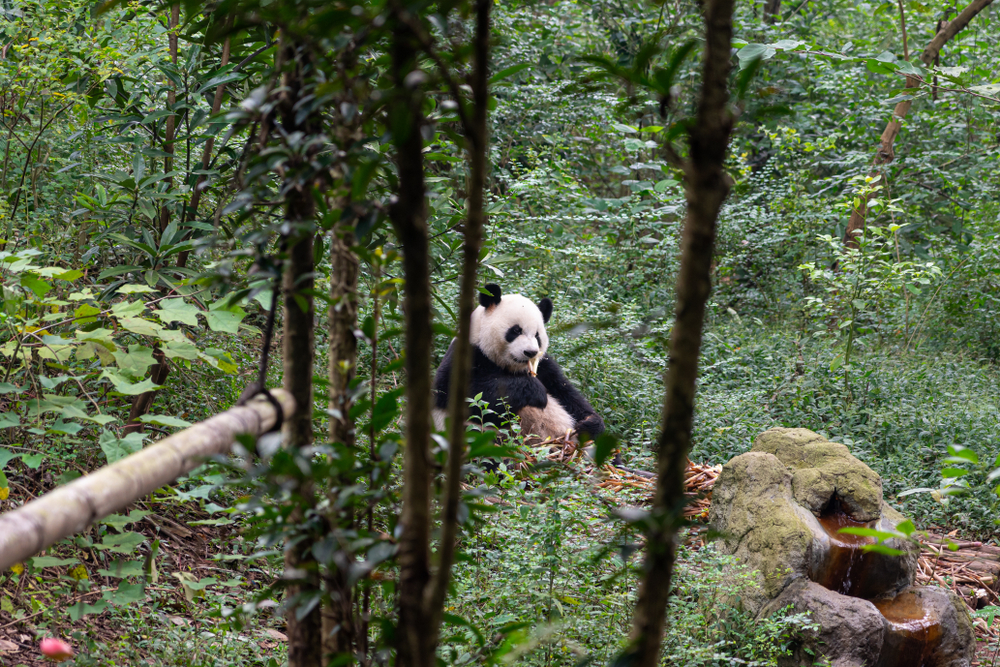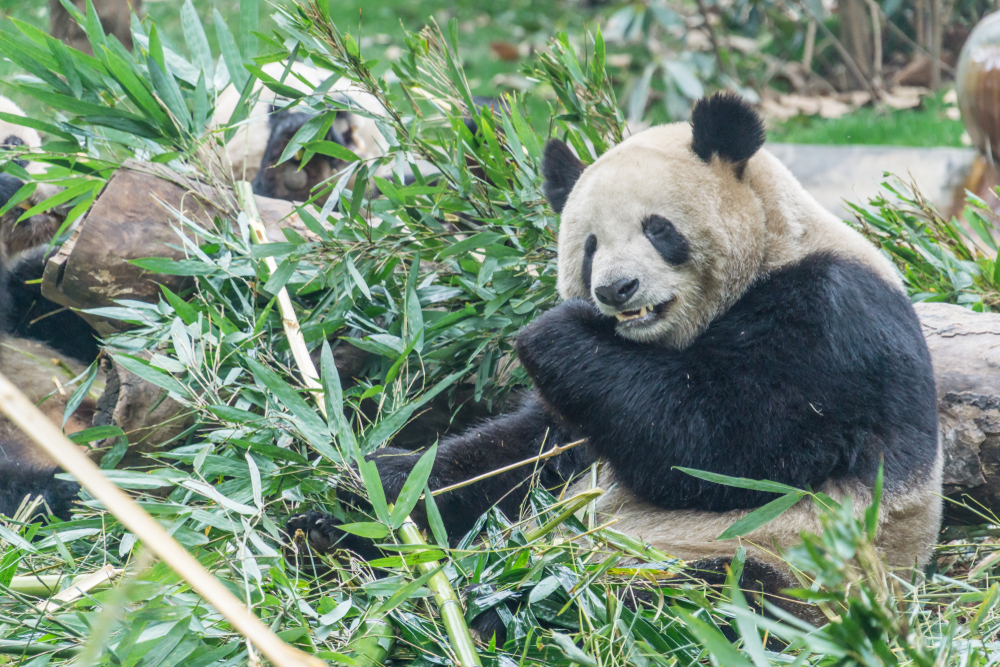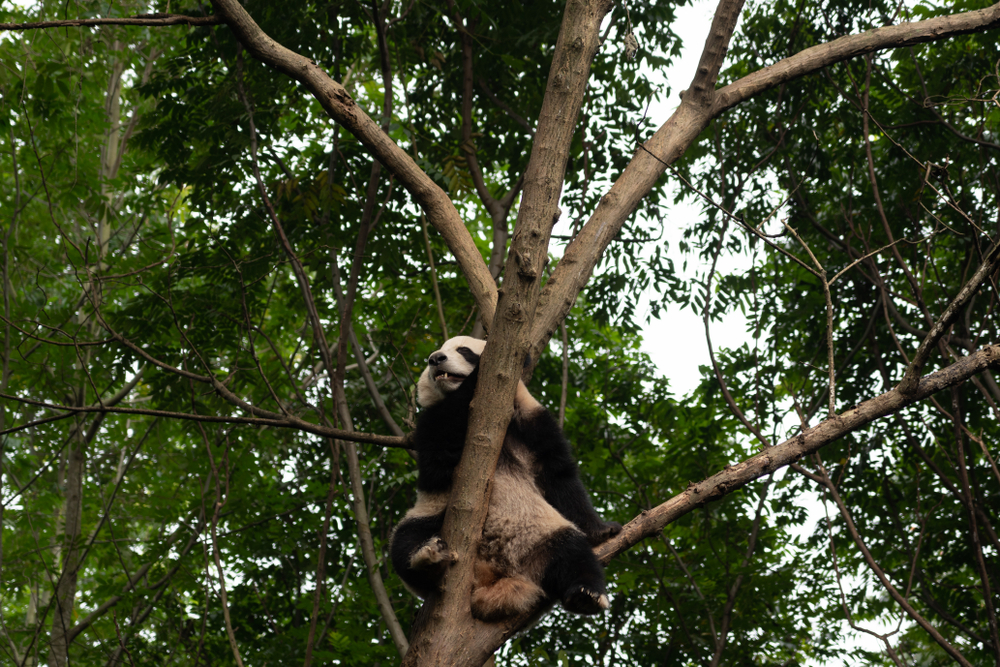Popular
Giant Panda National Park is a bastion of biodiversity, safeguarding not only the iconic giant panda but also a multitude of other fascinating species within its bounds.
Red Panda
Smaller and more elusive than their giant cousins, Red Pandas are arboreal, feeding on bamboo and showcasing the rich ecological tapestry of the park.
Golden Snub-nosed Monkey
Distinguished by its striking blue face and golden fur, the Golden Snub-nosed Monkey thrives in the park’s cold environments, living in large, complex social groups.
Takin
The Takin, often called a ‘gnu goat’, mystifies with its bulky body and unique appearance, embodying the park’s wild and untamed nature.
Chinese Serow
A rugged, goat-like antelope, the Chinese Serow navigates the steep terrain with ease, a symbol of resilience and adaptability in the park’s ecosystems.
Snow Leopard
The elusive Snow Leopard, with its beautiful spotted coat, patrols the higher altitudes, playing a critical role as a top predator in the ecosystem.
Asiatic Black Bear
With its distinctive white chest patch, the Asiatic Black Bear forages through the park’s forests, contributing to the biodiversity and ecological balance.
Pere David’s Deer
Once thought extinct in the wild, Pere David’s Deer is a conservation success story, with the park providing a sanctuary for their continued survival.
Crested Ibis
The Crested Ibis, once near extinction, now thrives in the park, a beacon of conservation efforts and a symbol of hope for endangered species.
Chinese Monal
A stunning bird with iridescent plumage, the Chinese Monal is one of the park’s avian treasures, thriving in its alpine habitats.
Sichuan Takin
Closely related to the Takin, the Sichuan Takin is another of the park’s unique bovids, adapted to life in the rugged mountainous terrain.
Giant Panda National Park’s diverse inhabitants, from the arboreal Red Panda to the majestic Snow Leopard, highlight the importance of conservation and the interconnectedness of ecosystems.








































































